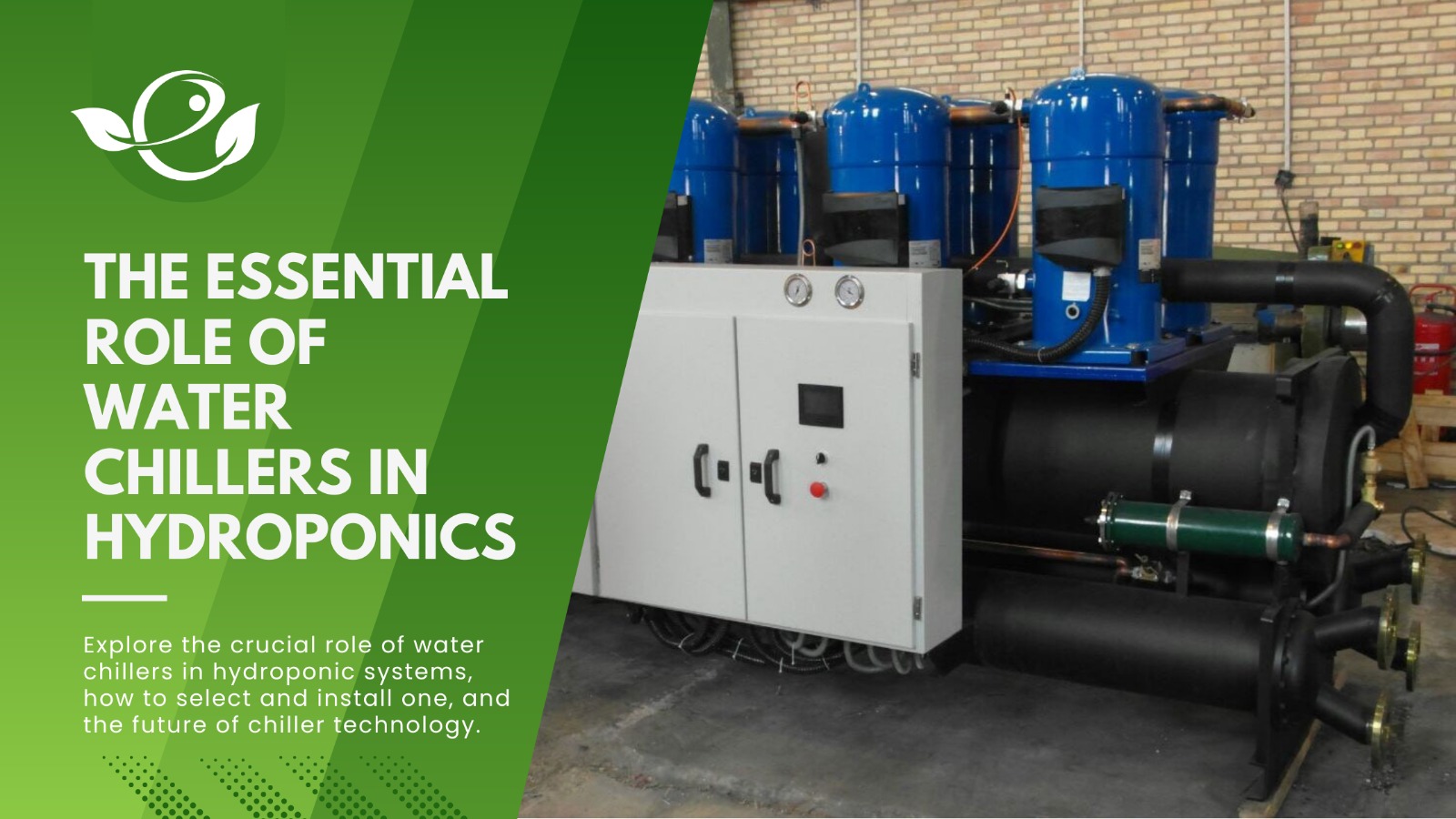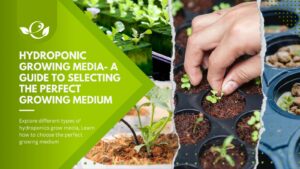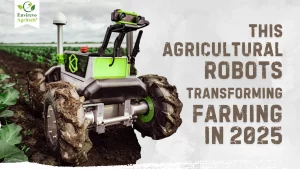Table of Contents
As hydroponic systems continue to gain traction among both home gardeners and commercial farmers, understanding every component that contributes to optimal plant growth becomes increasingly crucial. One such component is the water chiller. While often overlooked, it plays a significant role in maintaining ideal growing conditions for plants in a hydroponic system.
This article aims to shed light on the importance of water temperature in hydroponic systems, the role of water chillers in regulating this temperature, and how to select and install a water chiller effectively. We’ll also explore the latest advancements in chiller technology and their implications for the future of hydroponic farming.
Importance of Water Temperature in Hydroponic Systems
The Role of Water Temperature in Plant Growth
The water temperature in a hydroponic system profoundly affects the metabolic rates of plants. As metabolic processes are temperature-sensitive, they can accelerate or decelerate based on the water temperature.
- At optimal temperatures, metabolic processes function efficiently, leading to higher growth rates and yields.
- At higher temperatures, metabolic processes may accelerate beyond a healthy rate, causing plants to grow rapidly but without the necessary nutrient intake, leading to weaker plants.
- Conversely, at lower temperatures, metabolic processes slow down, which can stunt growth and limit plant development.
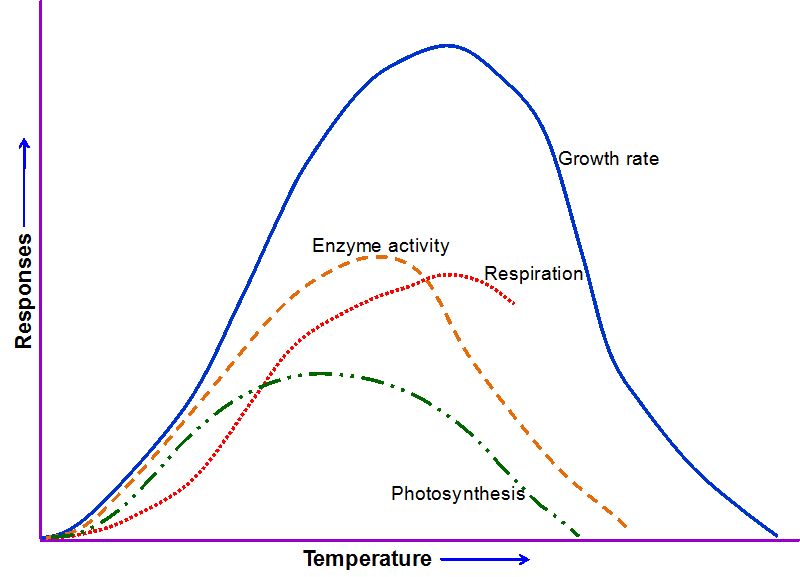
Optimal Water Temperature Ranges for Different Plants
Different plants have varying optimal water temperature ranges. Here’s a brief list of some common hydroponic plants and their preferred water temperature:
- Lettuce: Prefers cooler temperatures around 65-70°F (18-21°C)
- Tomatoes: Thrive at slightly warmer temperatures, around 70-75°F (21-24°C)
- Cucumbers: Grow best at a temperature around 70-75°F (21-24°C)
- Spinach: Prefers a temperature range of 60-65°F (15-18°C)
Impact of High and Low Temperatures on Nutrient Absorption
Nutrient absorption is a vital aspect of plant growth, and it’s greatly influenced by water temperature.
- Higher temperatures: This can lead to harmful microorganism growth such as algae, and root rot pathogens, and hinder nutrient absorption, ultimately leading to weak plant growth.
- Lower temperatures: Can slow down plant metabolism, and with it, nutrient absorption. This reduced nutrient absorption can stunt growth and cause nutrient deficiencies.
The Relation between Water Temperature and Oxygen Solubility
The solubility of oxygen in water decreases as the temperature increases. This implies that warmer water holds less oxygen, a critical component for the survival and growth of plants. Oxygen is essential for the root respiration process. It is particularly crucial in hydroponic systems, where soil isn’t present to naturally provide oxygen to the roots.
- Warmer water: Contains less dissolved oxygen, which can lead to oxygen deficiency, stunted growth, and root disease.
- Cooler water: This can hold more dissolved oxygen, thus promoting healthy root development and overall plant growth.
The Concept of Water Chillers
Definition and Function of Water Chillers
A water chiller is a mechanical device that reduces the temperature of the nutrient solution in a hydroponic system to the optimal level for plant growth. By maintaining an ideal temperature, a water chiller fosters a healthier, more productive growing environment for crops.
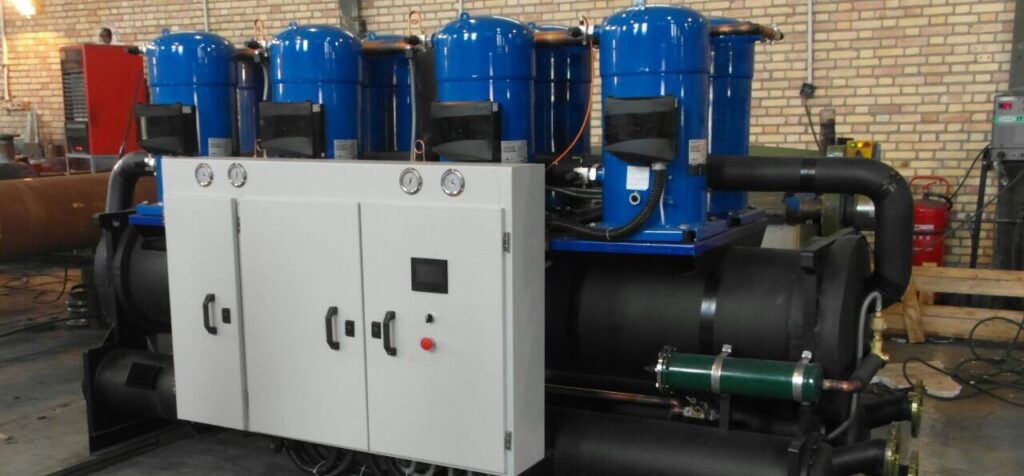
Types of Water Chillers: Immersion and Drop-In Chillers
There are mainly two types of water chillers used in hydroponics:
- Immersion chillers: These are placed directly into the nutrient reservoir. The coil (usually made from titanium or stainless steel) is filled with a refrigerant that cools down the water as it flows over the coil.
- Drop-in chillers: These have coils that are dropped into the water. The water is cooled as it comes in contact with the coils and is then returned to the reservoir.
How do Water Chillers Work?
A water chiller functions using a simple mechanism:
- Water from the hydroponic system is pumped into the chiller.
- Inside the chiller, the water is cooled down using a refrigeration system.
- The cooled water is then circulated back into the hydroponic system.
The Necessity of Water Chillers in Hydroponic Systems
Controlling and Maintaining Optimal Water Temperature
Water chillers are indispensable in controlling and maintaining optimal water temperature in hydroponic systems. They provide a consistent environment that promotes healthy plant growth and high yields. Without a chiller, water temperatures can fluctuate wildly due to factors like ambient temperature, potentially causing stress to the plants.
Preventing Plant Stress and Ensuring Healthy Growth
Heat stress can manifest in plants in several ways, including wilting, leaf drop, and slowed growth. By maintaining the ideal water temperature, water chillers help to prevent heat stress and consequent plant diseases, ensuring healthy growth and development.
Improving Nutrient Absorption and Oxygen Levels in Water
By keeping the water temperature within the optimal range, chillers also help improve nutrient absorption. The nutrients dissolved in the water are more readily available to the plant roots at optimal temperatures. Furthermore, as cooler water can hold more oxygen, chillers indirectly increase the oxygen levels in the nutrient solution.
Choosing the Right Water Chiller for Your Hydroponic System
Choosing the right water chiller is vital to ensure efficient cooling in your hydroponic setup. Here are the factors you need to consider:
Factors to Consider
- System Size: Larger systems will require more powerful chillers, while smaller setups can function efficiently with less powerful ones. Measure the total water volume of your system to help determine the appropriate chiller size.
- Plant Type: Different plants have varying optimal temperature ranges, which may affect the type and power of the chiller you need.
- Ambient Temperature: If your hydroponic system is located in a region with high ambient temperatures, you might require a more robust chiller to maintain optimal water temperature.
Understanding Chiller Ratings and Capacities
Chillers are rated based on the amount of heat they can remove from a system within an hour, typically measured in BTUs (British Thermal Units). A higher BTU rating indicates a more powerful chiller. You’ll need to understand these ratings to choose a chiller that matches your hydroponic system’s requirements.
Top Recommended Water Chiller Models in the Market
Several brands offer high-quality water chillers suitable for hydroponic systems. Here are some top recommendations:
- Active Aqua Chiller: Known for its reliability and high efficiency, this chiller is suitable for both small and large-scale hydroponic systems.
- EcoPlus Chiller: This chiller offers an excellent balance between performance and price, making it an excellent choice for hobbyists and commercial growers alike.
- JBJ Arctica Chiller: While more expensive, this chiller is highly efficient and is designed to work in higher ambient temperatures, making it ideal for hot climates.
Installing and Using a Water Chiller in Your Hydroponic System
The installation and use of a water chiller in your hydroponic system can be straightforward if you follow the correct steps and guidelines.
Installation Steps and Tips
- Placement: Position your chiller in a well-ventilated area to allow for heat dispersion. Also, ensure it is near a power source and can be easily connected to your hydroponic system.
- Connection: Connect the inlet and outlet hoses to the chiller and your hydroponic system, ensuring that the flow direction matches the chiller’s specifications.
- Setting Temperature: After you’ve made all the connections, set the desired temperature on the chiller. This will vary depending on the types of plants you’re growing.
Maintenance and Troubleshooting Tips
Regular maintenance of your water chiller can help extend its lifespan and maintain its efficiency. Here are some tips:
- Clean the chiller regularly to prevent buildup and ensure it runs smoothly.
- Inspect hoses for leaks or damage and replace them if necessary.
- Monitor the chiller’s performance and temperature settings regularly to ensure it is working correctly.
Energy Efficiency Considerations
While water chillers are beneficial for hydroponic systems, they can consume significant power. It’s essential to choose energy-efficient models to minimize energy usage and reduce operating costs.
The Future of Water Chillers in Hydroponic Systems
Advancements in technology continue to impact all sectors, including hydroponics. The future of water chillers in hydroponic systems seems promising.
Latest Advancements and Innovations in Water Chiller Technology
Several innovations are enhancing the functionality and efficiency of water chillers:
- Smart Chillers: The integration of IoT in chillers allows remote monitoring and adjustment of temperatures. This development simplifies the management of hydroponic systems and optimizes plant growth.
- Energy-Efficient Models: Companies are investing in research and development to produce more energy-efficient chillers, reducing the energy footprint of hydroponic farming.
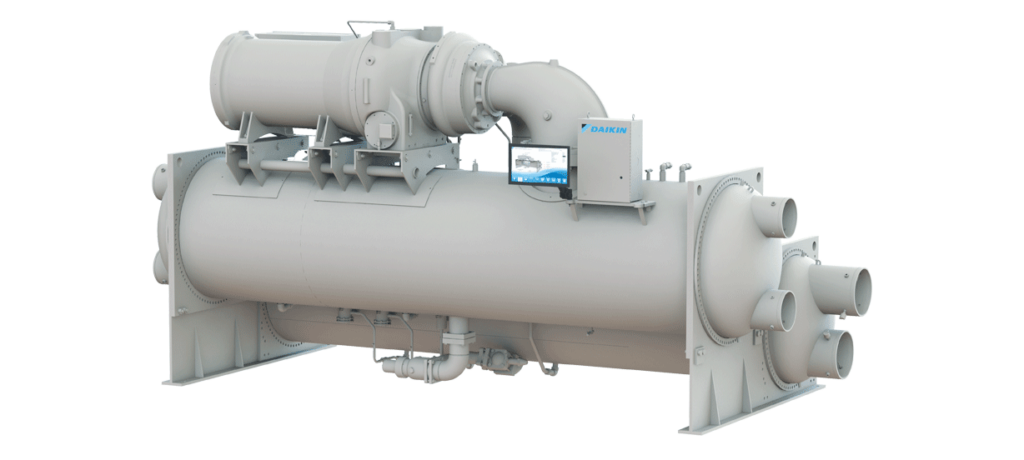
Potential Implications for Commercial Hydroponic Farming
The advancements in water chiller technology present numerous benefits for commercial hydroponic farming. These improvements could result in more extensive adoption of hydroponic farming due to increased yield, better quality crops, and reduced energy costs, pushing towards a more sustainable form of agriculture.
Conclusion
In conclusion, water chillers play a pivotal role in hydroponic systems by maintaining an optimal water temperature, which is crucial for nutrient absorption and oxygen solubility. Choosing the right chiller and installing it correctly can significantly enhance your system’s efficiency and yield. With ongoing advancements in chiller technology, their role in commercial hydroponic farming is set to become even more pronounced. If you’re involved in hydroponics in any capacity, from hobbyist to commercial farmer, understanding and implementing water chillers can help ensure that your plants reach their full growth potential. So, consider investing in a water chiller today – your plants will thank you.
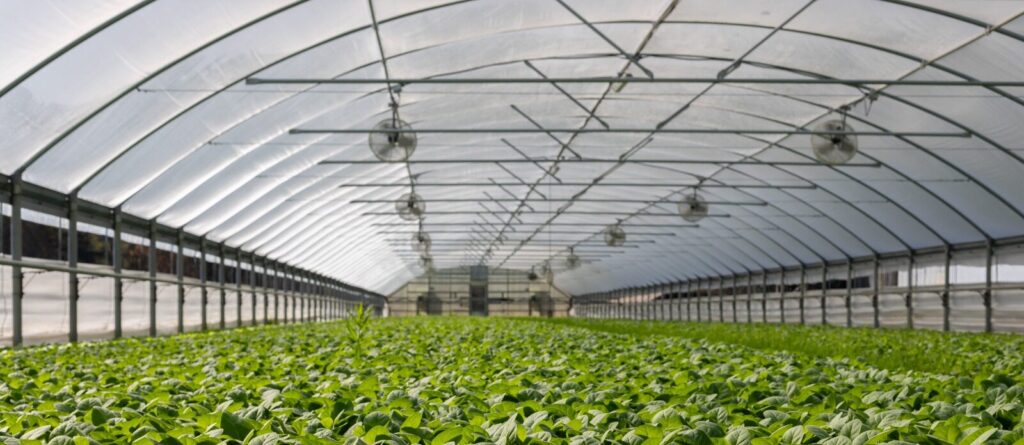
Frequently Asked Questions (FAQs)
Below are some commonly asked questions about water chillers in hydroponic systems.
1. What Happens if I Don’t Use a Water Chiller in My Hydroponic System?
If you don’t use a water chiller in your hydroponic system, your water might become too warm, especially in hot climates or during the summer months. This can create a stressful environment for your plants and can lead to poor growth, nutrient deficiencies, and lower oxygen levels in the water, which can increase the risk of root diseases.
2. Are There Alternatives to Water Chillers for Cooling My Hydroponic System?
Yes, there are several alternatives to water chillers for cooling your hydroponic system. These include using a fan to blow air over the water surface, shading the reservoir from direct sunlight, or burying the reservoir underground where temperatures are typically cooler. However, these methods might not be as effective or reliable as using a water chiller.
3. Can I Use a Water Chiller for Aquaponics Systems?
Yes, water chillers can also be used in aquaponics systems to maintain an optimal water temperature for both the fish and plants.
4. How Often Should I Perform Maintenance on My Water Chiller?
The frequency of maintenance depends on the specific model and use, but generally, it is recommended to check your water chiller at least once a month for any signs of problems such as leaks or reduced cooling efficiency. Regularly cleaning the chiller and ensuring good ventilation can also help to extend its lifespan.
5. Can I Use My Water Chiller Year-Round?
While you can use your water chiller year-round, it might not be necessary during the cooler months when the ambient temperature might naturally keep the water in your hydroponic system within an optimal range. Monitor your water temperature regularly to determine when you need to run your chiller.
6. How Can I Make My Water Chiller More Energy-Efficient?
You can make your water chiller more energy-efficient by ensuring it is the right size for your system (not too large or too small), maintaining it regularly to keep it running efficiently, and only using it when necessary to maintain optimal water temperatures. Also, consider investing in a high-efficiency or “smart” model that can adjust its operation based on the current conditions of your system.
